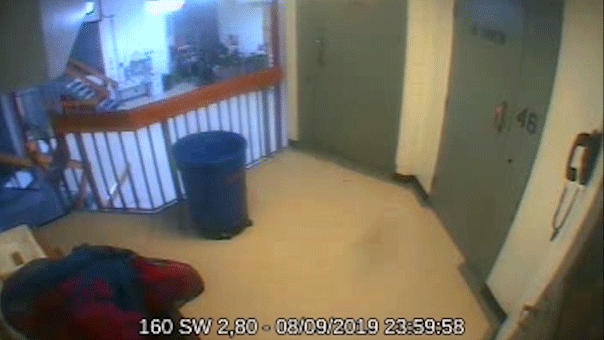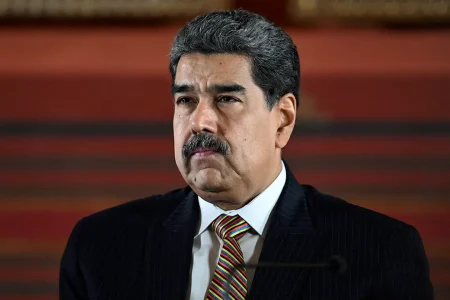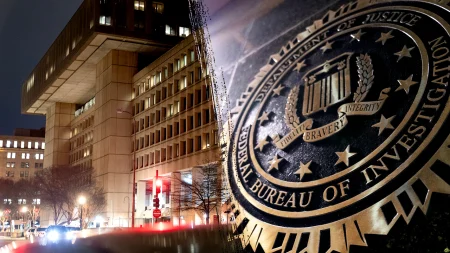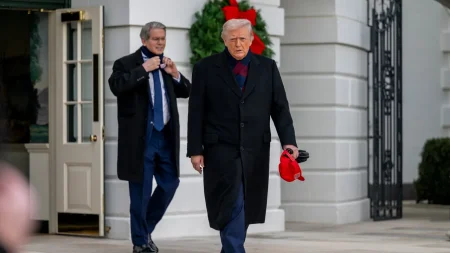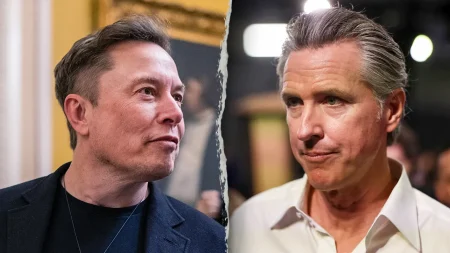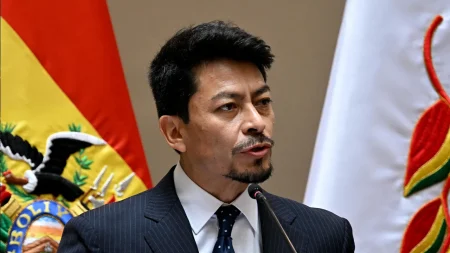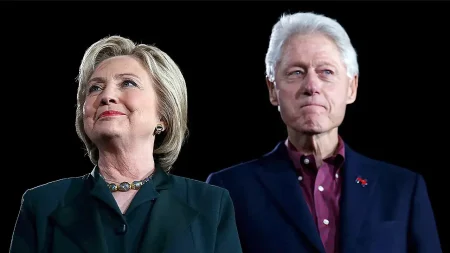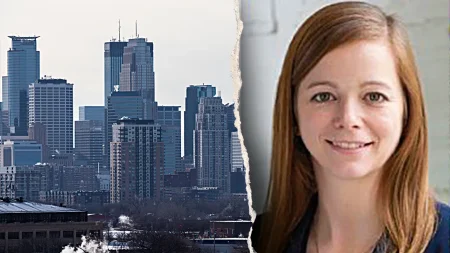The Epstein Surveillance Footage Mystery: What the New Video Release Reveals
In a significant development that sheds light on one of the most controversial aspects of Jeffrey Epstein’s death, the House Oversight Committee has released nearly 34,000 files of evidence, including crucial surveillance footage from the night of the financier’s suicide in 2019. Among these files were two key video clips that fill the notorious one-minute gap in the surveillance footage from outside Epstein’s cell block at the Metropolitan Correctional Center in New York City. This gap, which lasted from 11:58:59 PM on August 9, 2019, to midnight on August 10, 2019, had previously fueled widespread conspiracy theories about Epstein’s death and raised questions about potential tampering with evidence.
The significance of this video release cannot be overstated, as it directly contradicts earlier explanations provided by officials regarding the missing footage. Former Attorney General Pam Bondi had previously claimed that “every night the video is reset, and every night should have the same minute missing” – an explanation that suggested the gap was a routine technical occurrence. However, the newly released footage demonstrates that there was actually no lapse in the surveillance recording, merely a camera data switch that occurred around midnight. This revelation explains why digital forensics experts had previously determined that the clip released by the Department of Justice appeared to be composed of at least two separate video segments that had been combined using Adobe Premiere Pro editing software – a finding that had intensified speculation about potential tampering or cover-up efforts.
The controversy surrounding this particular minute of footage stems from the extraordinary circumstances of Epstein’s death and the subsequent questions about how a high-profile inmate on suicide watch could have managed to take his own life while in federal custody. When the Department of Justice initially released surveillance footage with an unexplained one-minute gap, it naturally raised suspicions among those already skeptical of the official suicide ruling. The missing minute became a focal point for conspiracy theorists who suggested that something sinister might have occurred during that brief window of time – perhaps evidence of foul play or outside intervention. These theories gained traction particularly because of Epstein’s connections to powerful figures and the potential implications of his testimony had he lived to stand trial on sex trafficking charges.
What makes this new video release particularly illuminating is how it demonstrates the way technical explanations can sometimes be misinterpreted or misrepresented, leading to unnecessary speculation. The reality appears to be far more mundane than the theories suggested: the surveillance system simply switched camera data at midnight, creating what appeared to be a gap when the footage was initially processed. When Fox News Digital combined the two newly released clips, the continuous nature of the surveillance became apparent. Importantly, the footage during this contested minute does not show any unusual activity in the jail block, further supporting the official conclusion that there was no suspicious activity during this brief period that might have contributed to or revealed something about Epstein’s death.
The Department of Justice’s official determination remains that Epstein committed suicide in his cell while awaiting further proceedings on sex trafficking charges. This conclusion has been challenged by various parties, including Ghislaine Maxwell’s family, who have insisted that Maxwell received an unfair trial in the Epstein case. Maxwell herself, Epstein’s former associate who was convicted on charges related to the recruitment and grooming of underage girls, has been the subject of recent prison footage showing her following a fitness routine. The continued interest in these cases reflects the public’s ongoing concern about the handling of high-profile defendants and the administration of justice in cases involving allegations of abuse by powerful individuals.
This latest video release from the House Oversight Committee serves as a reminder of the importance of transparency in high-profile cases that capture public attention. While the footage appears to resolve one specific question about the surveillance of Epstein’s cell block, it is unlikely to completely silence those who remain suspicious about the circumstances of his death. Nevertheless, it does address a significant point of contention in the ongoing discussion about Epstein’s final hours. As investigations and legal proceedings related to Epstein’s associates continue, including the case against Ghislaine Maxwell, public scrutiny of the evidence and the justice system’s handling of these matters will undoubtedly persist. The release of these nearly 34,000 files represents a step toward greater transparency, even as questions about Epstein’s life, crimes, and death continue to resonate in public discourse.





